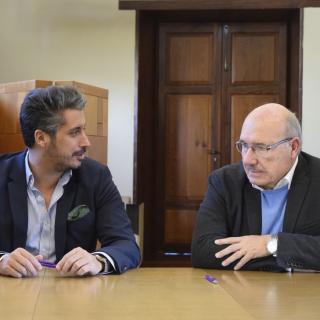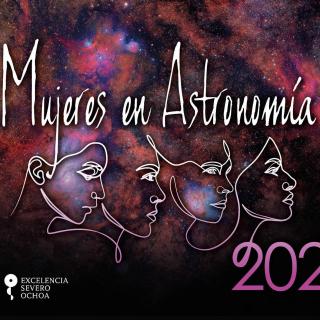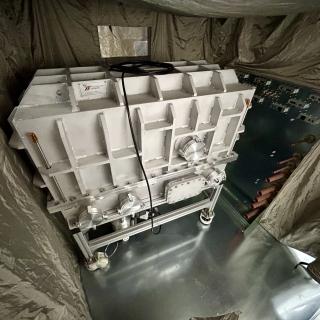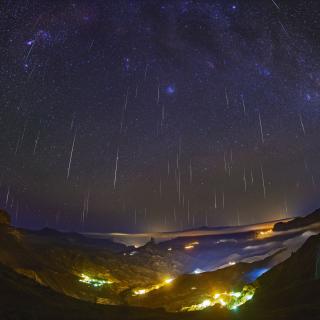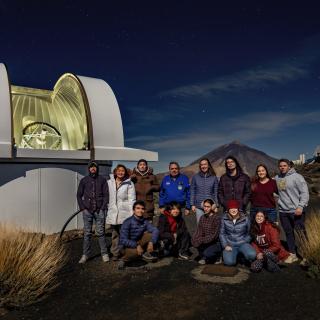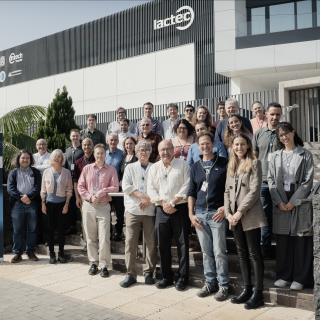
From 14 to 16 February, the second scientific meeting of the Laboratory for Innovation in Opto-Mechanics (LIOM) will be held at the IACTEC building managed by the Instituto de Astrofísica de Canarias (IAC) in the Science and Technology Park of La Laguna (Tenerife). This project is dedicated to the development of new optical and mechanical technologies that will form part of the next generation of telescopes capable of detecting biomarkers on exoplanets. One year after its creation, the IAC's Laboratory for Innovation in Opto-Mechanics (LIOM), is holding its second international meeting
Advertised on
